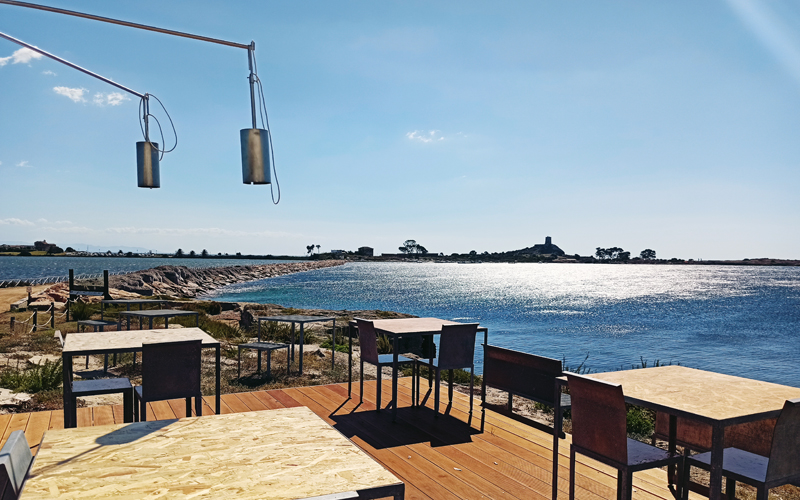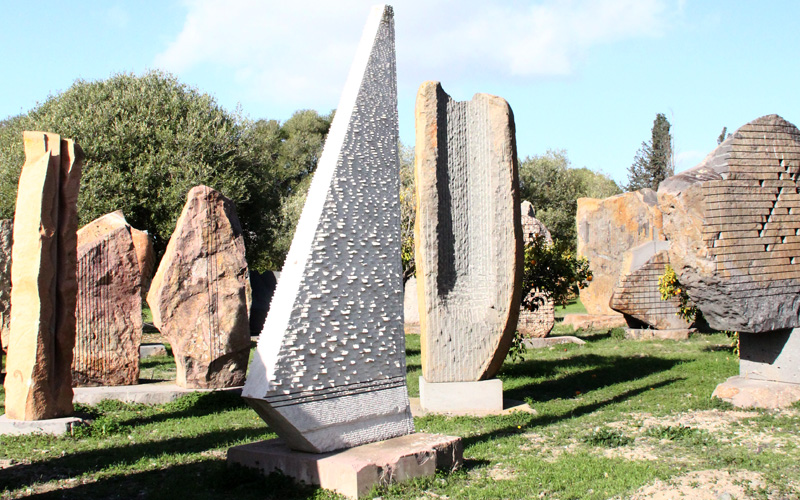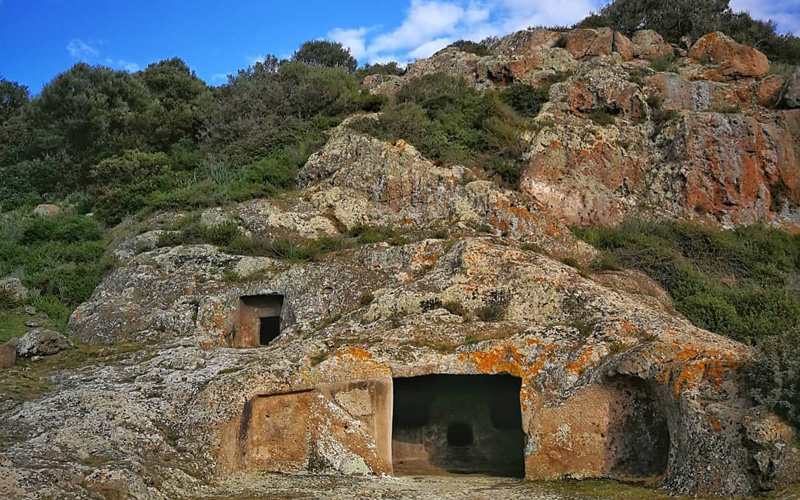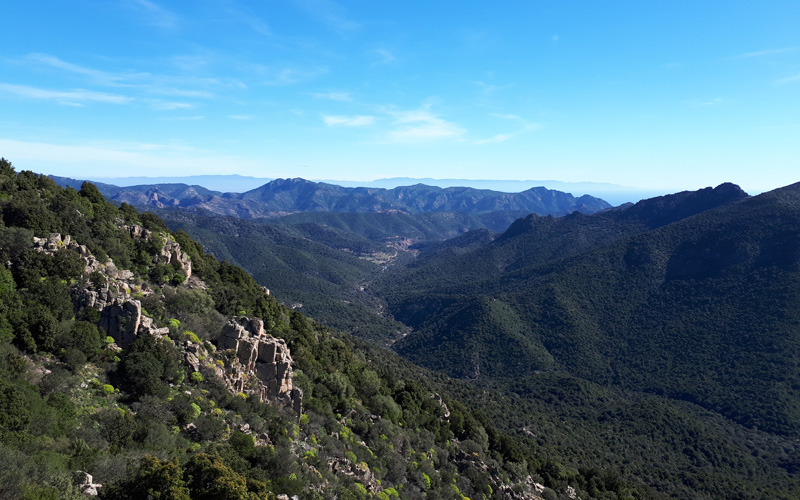Discover the rites of Holy Week in Sardinia
In Sardinia the Spanish domination , which lasted four centuries, have influenced the local customs, keeping our culture alive. This stranger presence is witnessed by many sardinian words which roots come from Spanish. Religious rites, which are celebrated every year, are another proof of Iberic contamination.
Since the 1600s, Easter in Sardinia has been simultaneously celebrated with the rites of Holy Week in the royal cities (Iglesias, Cagliari, Sassari, Castelsardo, Bosa, Oristano and Alghero) and in the other cities of the Region (also in Pula). The Arciconfraternite are the guardians of this religious tradition.
In Southern Sardinia, especially in Cagliari, Easter is called “Sa Pasca Manna” and the celebrations culminate in the meeting “S’incontru” between Madonna and Jesus Christ, the day of the resurrection. During the Holy Week, the Madonna dressed in black, accompanies Jesus Christ in his Passion: “Is Misterius” (The Mysteries) are celebrated, bringing the seven-precious wooden statues to seven churches. These most representative moments of the Passion of Christ tells: Jesus in prayer at Gethsemane, Jesus under arrest, Jesus at the column of the scourging, Jesus scoffed, Jesus carrying the cross, Jesus under the cross, Jesus crucified and the sorrowful Madonna. In Pula the same rituals take place during Holy Week, which culminates with S’Incontru on Easter Sunday morning.
In Alghero the celebrations begin with Palm Sunday and reach maximum involvement on Good Friday with the “Processò de Nostra Senyora de le set dolors“, organized by the church of San Francesco. It is also called “Processò de les dames” because it seems to have been organized by the noble women of Alghero. The Madonna is accompanied in the seven churches, the Sepulchres, to the poignant search for her son Jesus. In Bolotana the suggestive search takes the name of “Sas Chircas”, and even here the simulacrum of the Madonna is accompanied in procession by the choirs of the faithful.
Iglesias, a very beautiful town whose name refers to the presence of many churches since the Middle Ages, increases its ecclesial importance precisely during the Spanish period, and it is right to mention it concerning the rites of Holy Week. The Archconfraternity of the Holy Mount guards and marks every gesture during the rites, until the day of the Resurrection. Every gesture, every song, every psalm has a specific meaning and singers of all ages take part to this celebration. As in many other centers of medieval origin, the procession of penitents dressed in white and hooded, called “Is Baballottis”, insects, is a rule. Even the children participate actively in the procession in white dress and sing the choirs accompanying the rites. It is incredible that even after two thousand years processions arouse emotion and involvement on the part of believers and tourists.
Through the rituals of the Holy Week we discover an unusual Sardinia that has so much history to tell in the villages, churches and palaces where traditions are still proudly felt and respected. The traditions of the island are full of charm and history that you can discover by taking advantage of our offers.
We thank for the photo @andreaeltrudis that portrays “Is Baballottis” in procession along the streets of the historic center of Iglesias.





